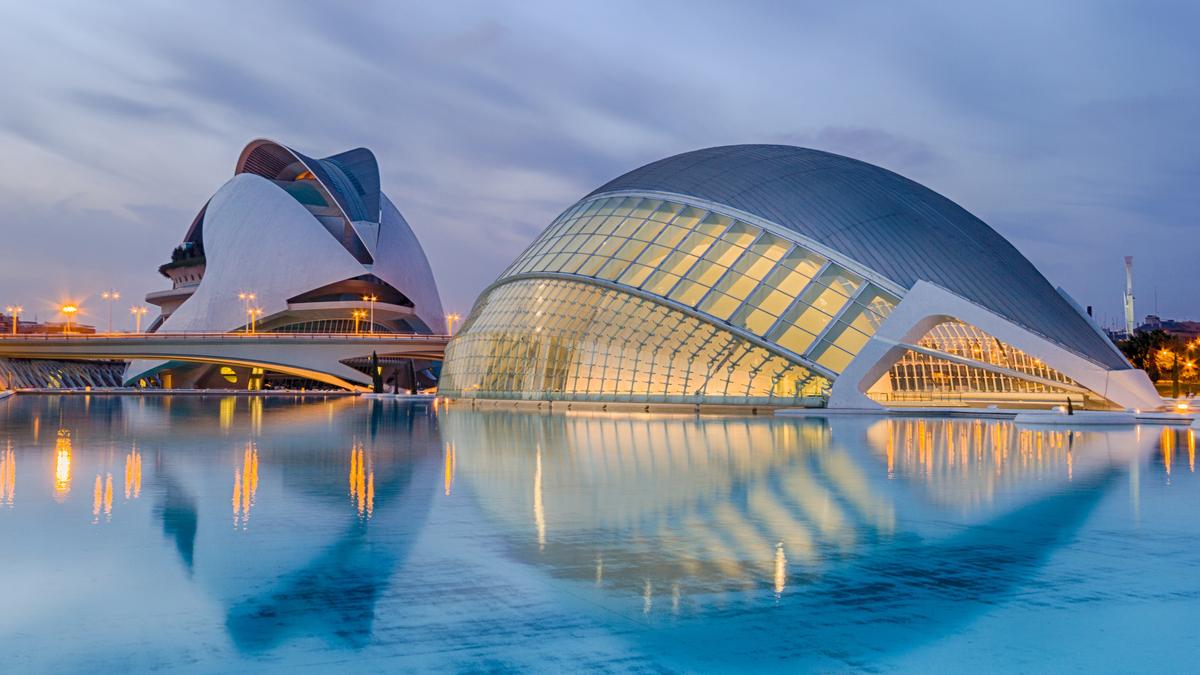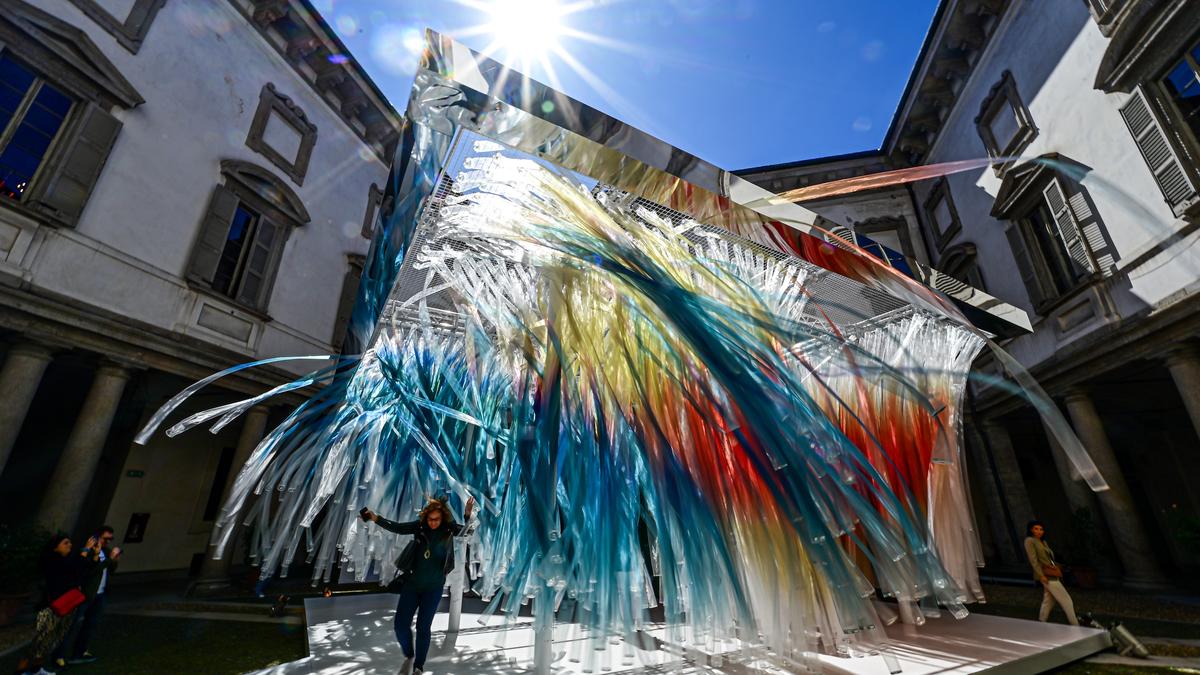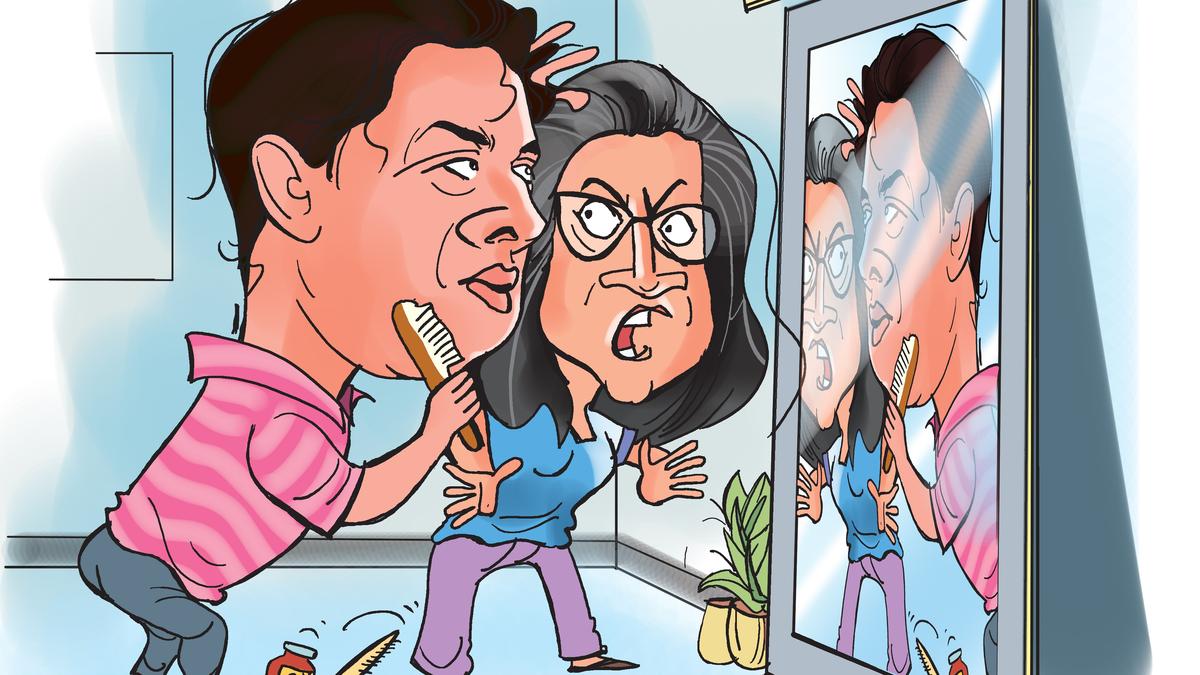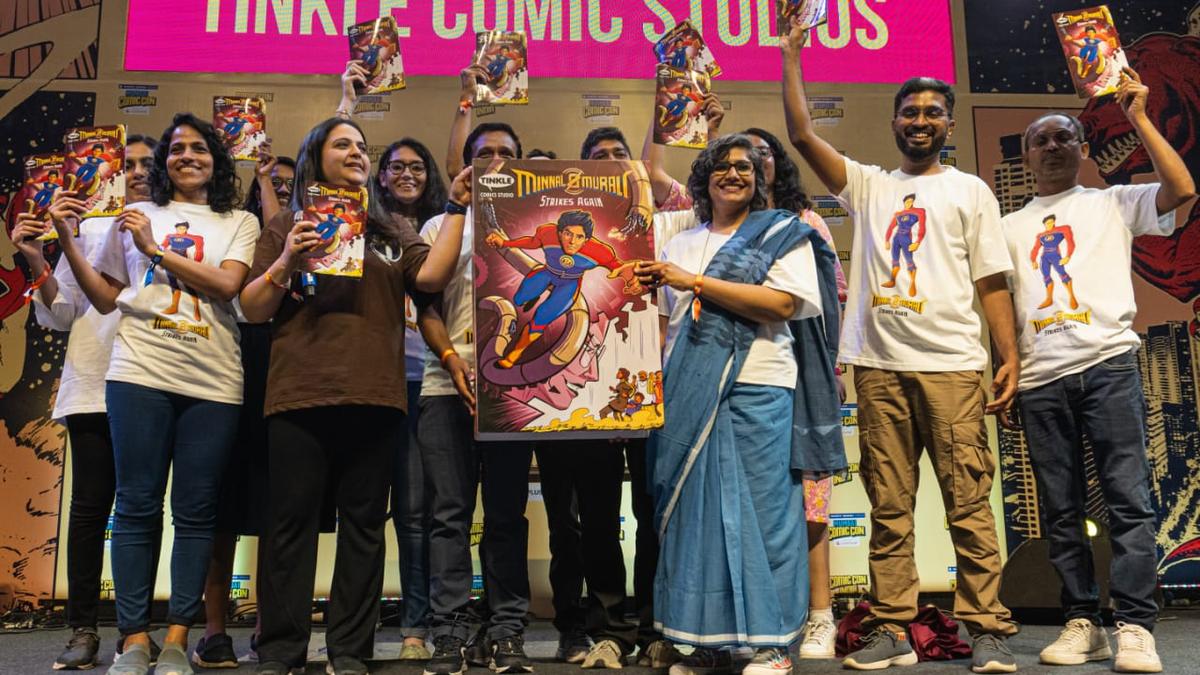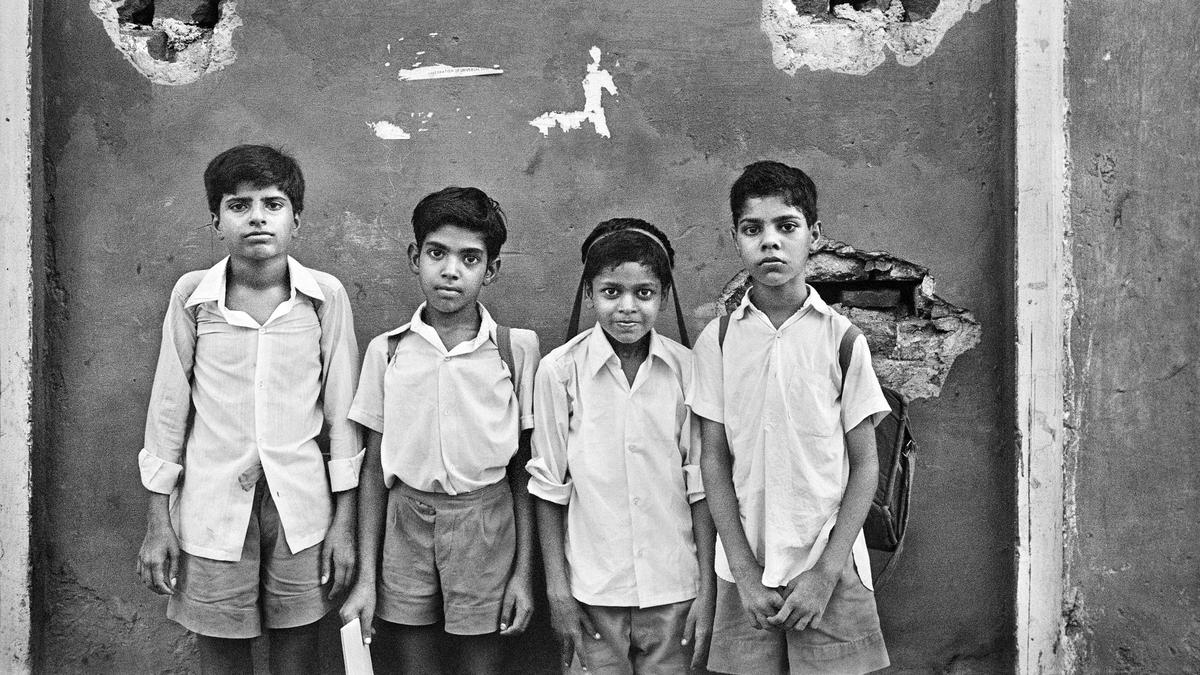
âAt no given time am I without a camera,â asserts Raghu Rai, one of Indiaâs most important photographers, who is the subject of a major exhibition at the Kiran Nadar Museum of Art in New Delhi. Now 81, Rai has been taking pictures for over half a century â since he was 23, when his elder brother introduced him to the camera, eventually making a name for himself as a distinguished photojournalist and editor who travelled the length and breadth of India to capture its essence.
âI was never just a photographer on assignment. When I was working with The Statesman and later India Today, I was sent to shoot specific stories, but I would document the entire journey and take my camera out on the plane, on the train, sitting in a taxi, or even a bullock cart, photographing the people, landscape and life,â he shares. It is this journey spanning the formative years of Raiâs career, from 1965 to 2005, that is reflected in over 250 striking black-and-white images on display.
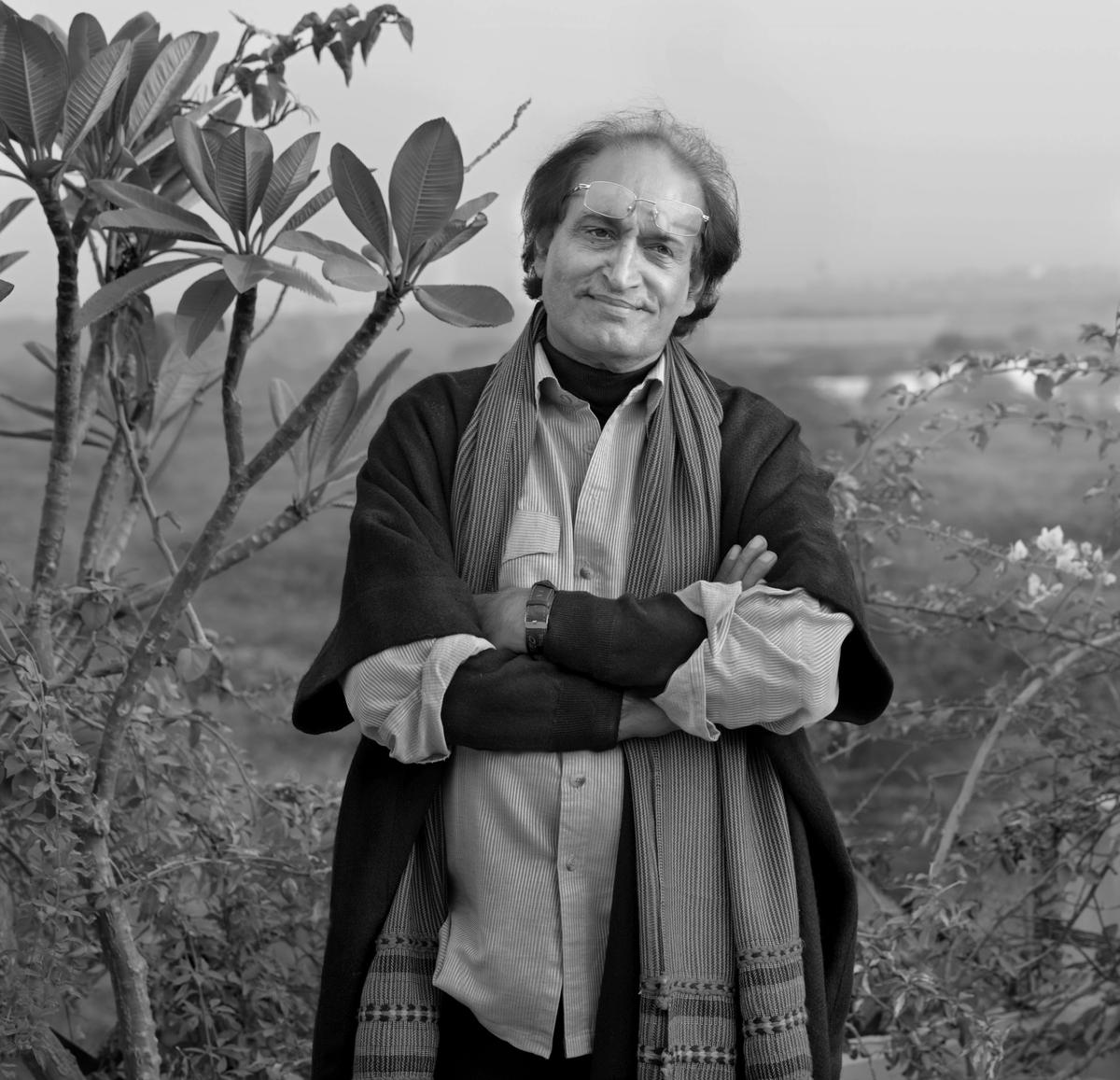
Photographer Raghu Rai
Named A Thousand Lives, the exhibition pays homage to India and the passionate journey of a photographer who lived a thousand lives in its pursuit. India is seen in its many faces, in moments of peace and protest, the spiritual and the mundane, glorious landscapes juxtaposed with the stark extremes of wealth, power and poverty. In Raiâs photographs, the political landscape of Delhi, where he lived and worked, is ever-present, yet treated with an intimacy that renders it vulnerable.
Portraits of figures such as Indira Gandhi and her political adversary Jayaprakash Narayan, or JP as he was known â hung in two adjacent rooms â capture their fragility. They reveal the vulnerability behind Gandhiâs stern facade, whether she is waving goodbye to her grandchildren as she departs from the Prime Ministerâs residence, or in moments of solitary contemplation before addressing a large political rally. JP is depicted upholding the conscience of the country, both alone and amidst a crowd, until his eventual passing in 1979 in Patna. This poignant moment is captured with his body held by Chandra Shekhar, Atal Bihari Vajpayee, and other prominent leaders who would ascend in political stature in the coming years.
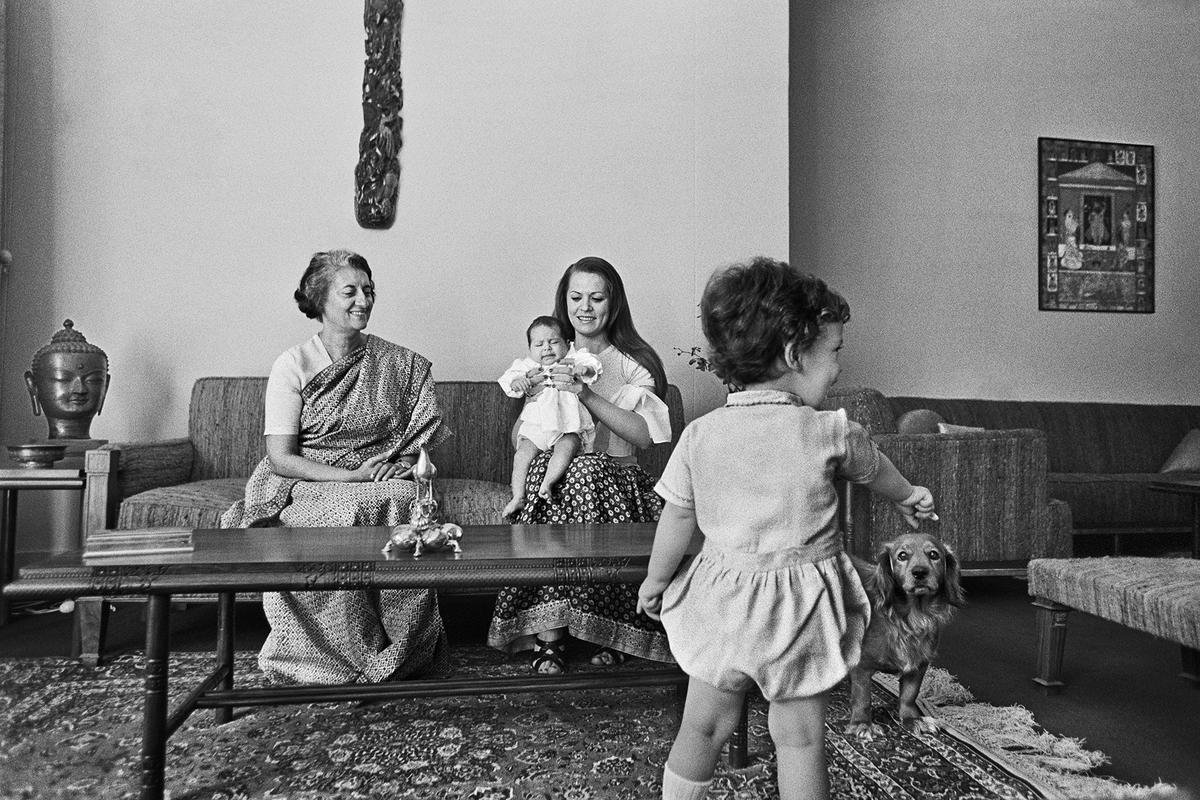
Indira Gandhi at home with daughter-in-law Sonia Gandhi and grandchildren Priyanka and Rahul, in Delhi, in 1972
| Photo Credit:
Raghu Rai and PHOTOINK
Beyond the political realm, Raiâs photojournalism led him to spiritual leaders such as the Dalai Lama and Mother Teresa â experiences that profoundly impacted and influenced his way of seeing. The Dalai Lama is portrayed enjoying a meal or playing with a cat in Dharamshala, while photographs of Mother Teresa show the dedication inherent in a life of service.
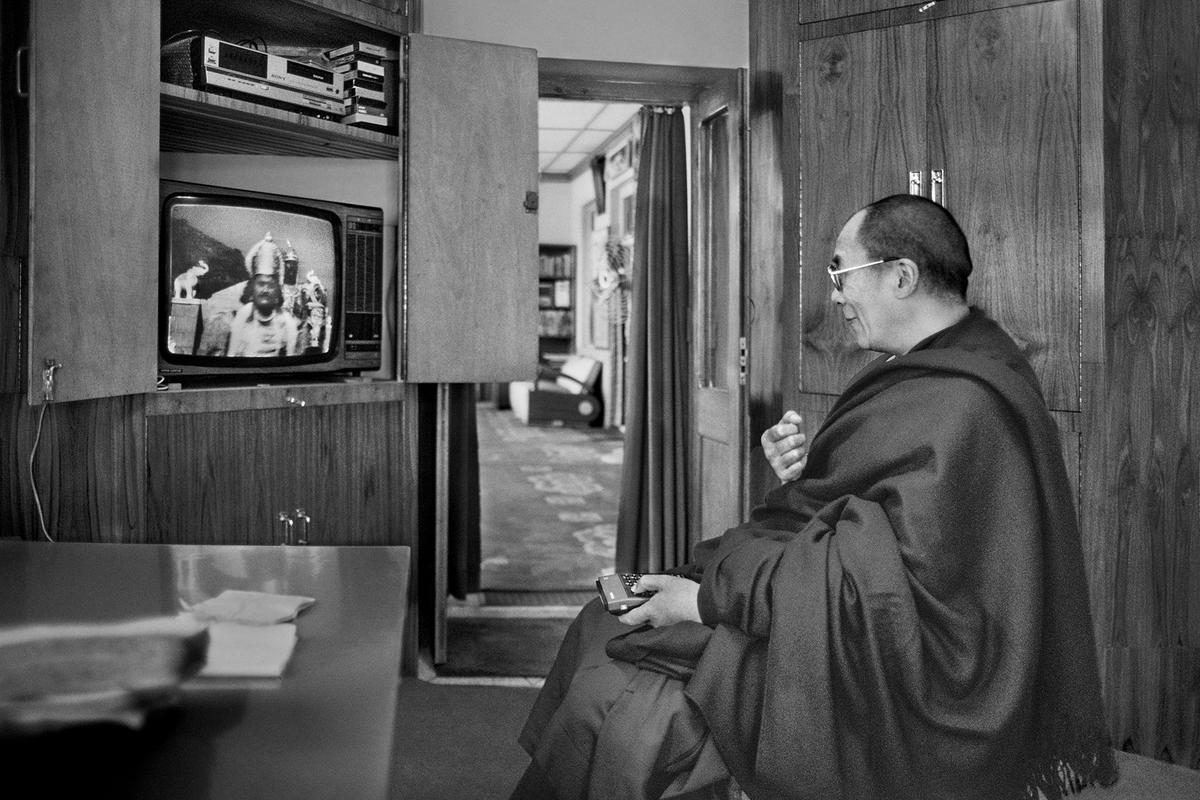
The Dalai Lama watching the serialized television show Mahabharat, in Dharamsala in 1988
| Photo Credit:
Raghu Rai and PHOTOINK
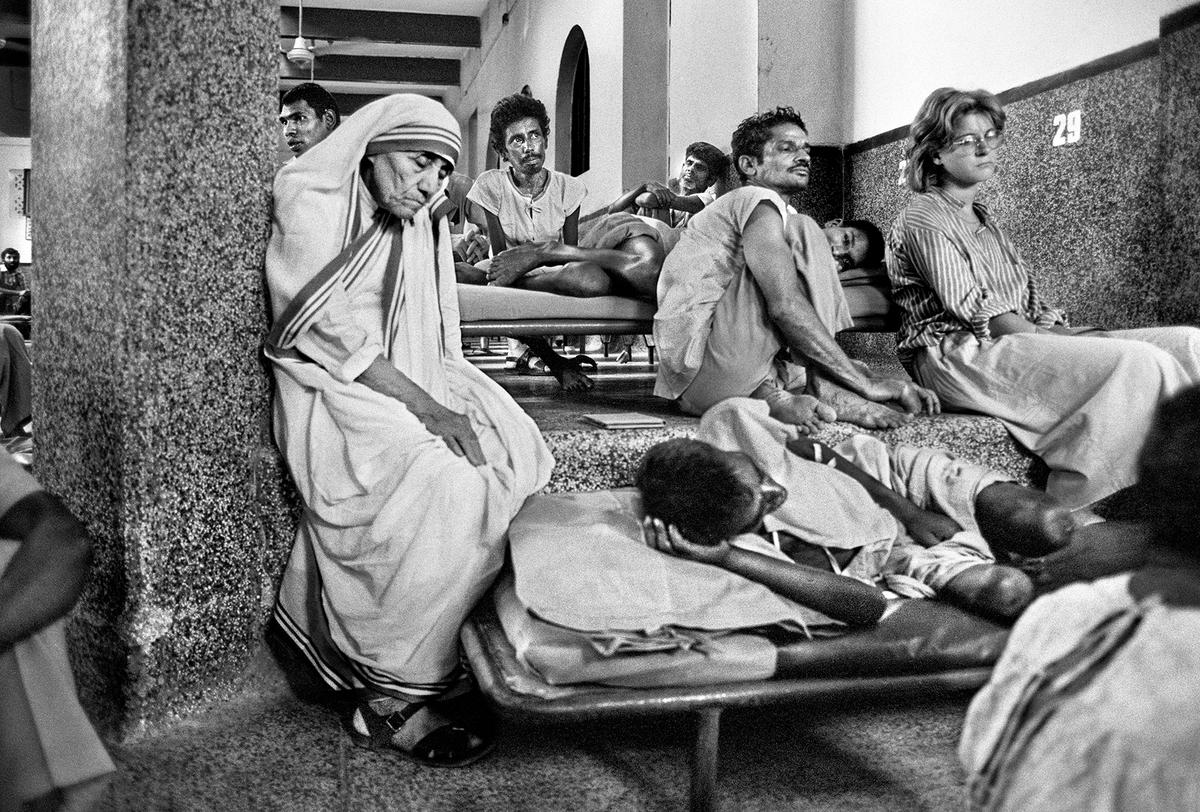
Mother Teresa in prayer at Nirmal Hriday (Home for the Sick and Dying), in Calcutta in 1986
| Photo Credit:
Raghu Rai and PHOTOINK
Capturing the soul on India
It was this spirit of service that influenced Rai during his early encounters with Mother Teresa. âI was very frustrated with the state of the media. Most stories were being done from Delhi, and covering Indian politics was becoming monotonous for me. I wanted to photograph the people, the ordinary people, who are the true soul of this country,â says Rai, who ventured deep into villages and urban centres as far as Kanyakumari, Kolkata, Jaipur, Varanasi, Ladakh and Srinagar ââcapturing the extraordinary within thousands of ordinary Indian lives.
Beggars, theatre artists, shop owners, tailors, freight carriers, taxi drivers, soldiers, devotees, street gamblers, slum dwellers, school-going kids, nuns, and transwomen â all find a place of dignity in his photographs, bringing to the fore the significant but often overlooked aspects of ground reality. Animals too roam freely â dogs, horses, donkeys, monkeys, cocks, goats, parrots, and pigeons â in harmony with their street surroundings familiar to every Indian.
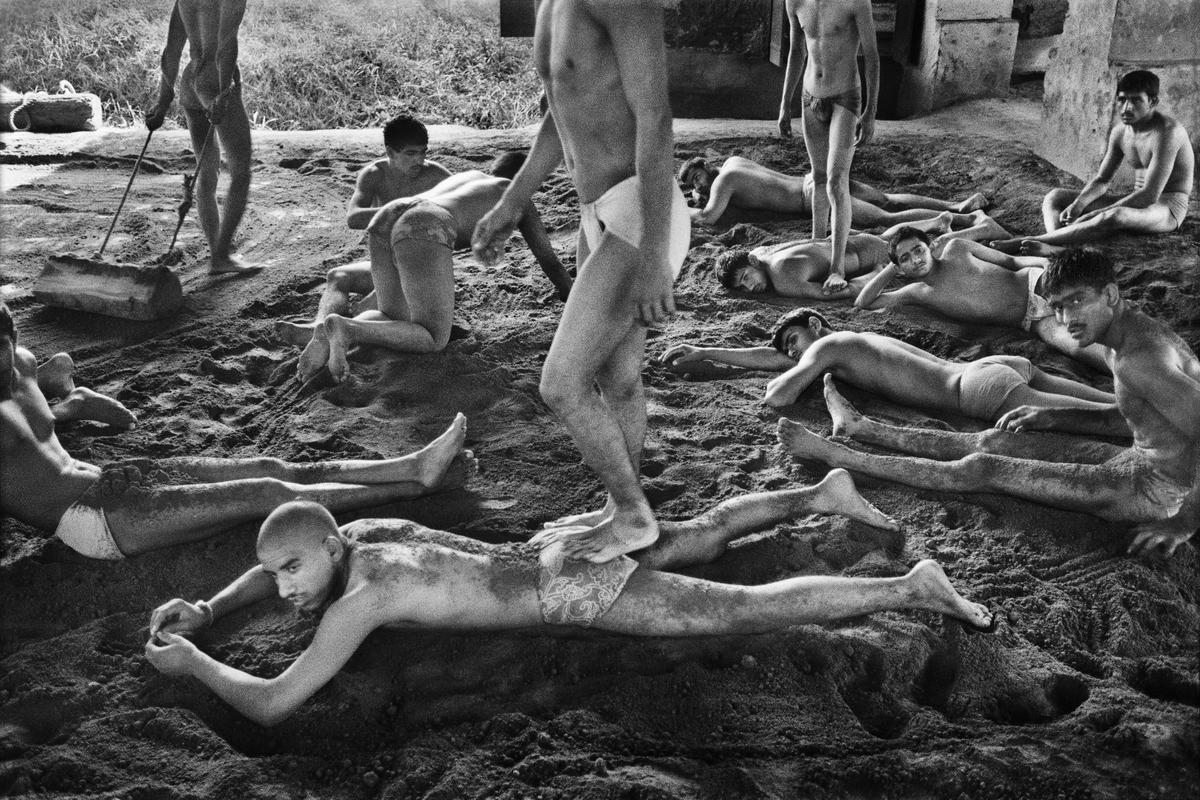
Wrestlers at an akhara, Delhi, 1988
| Photo Credit:
Raghu Rai and PHOTOINK
Despite the vibrant colours of the country, his photographs are rendered in analogue black-and-white. He notes, âUntil the 90s, most Indian newspapers and magazines were publishing black-and-white photo stories, while only a few western publications had begun to embrace colour.â Over the years, he has transitioned from using Nikon camera systems to the Fuji GFX camera, which is almost always hung around his neck. âDigital technology is so amazing; it gives me greater control and superior quality to photograph any situation, day or night,â he says. Most images are now captured in colour, in RAW format, and converted to black-and-white if the situation demands it.
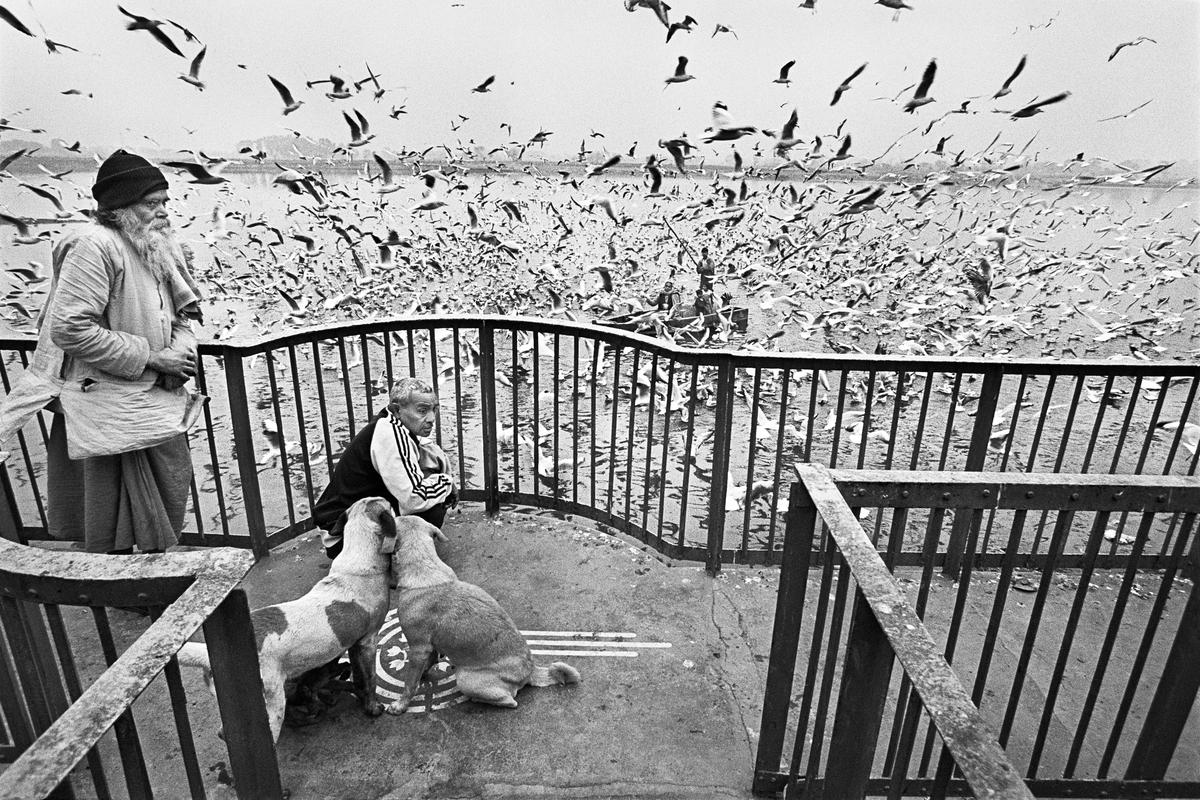
Feeding Seagulls on the Jamuna, Delhi, 1995
| Photo Credit:
Raghu Rai and PHOTOINK
âPhotography is about being here and nowâ
India feels both familiar and foreign, with photographs reminiscent of a recent past â a country on the brink of modernity and liberalisation. âThe India of 40-50 years ago was a different world. It was overflowing with poetry. Reality had another kind of visual experience back then. Today, it has been bulldozed by new products and even politicians being sold in the market,â he says, commenting on the changing state of affairs. He recalls the Humayunâs Tomb in Delhi, once surrounded by farms where farmers could be seen ploughing wheat. Now, walls have gone up, separating the people from their heritage, which now lies amidst shantytowns.
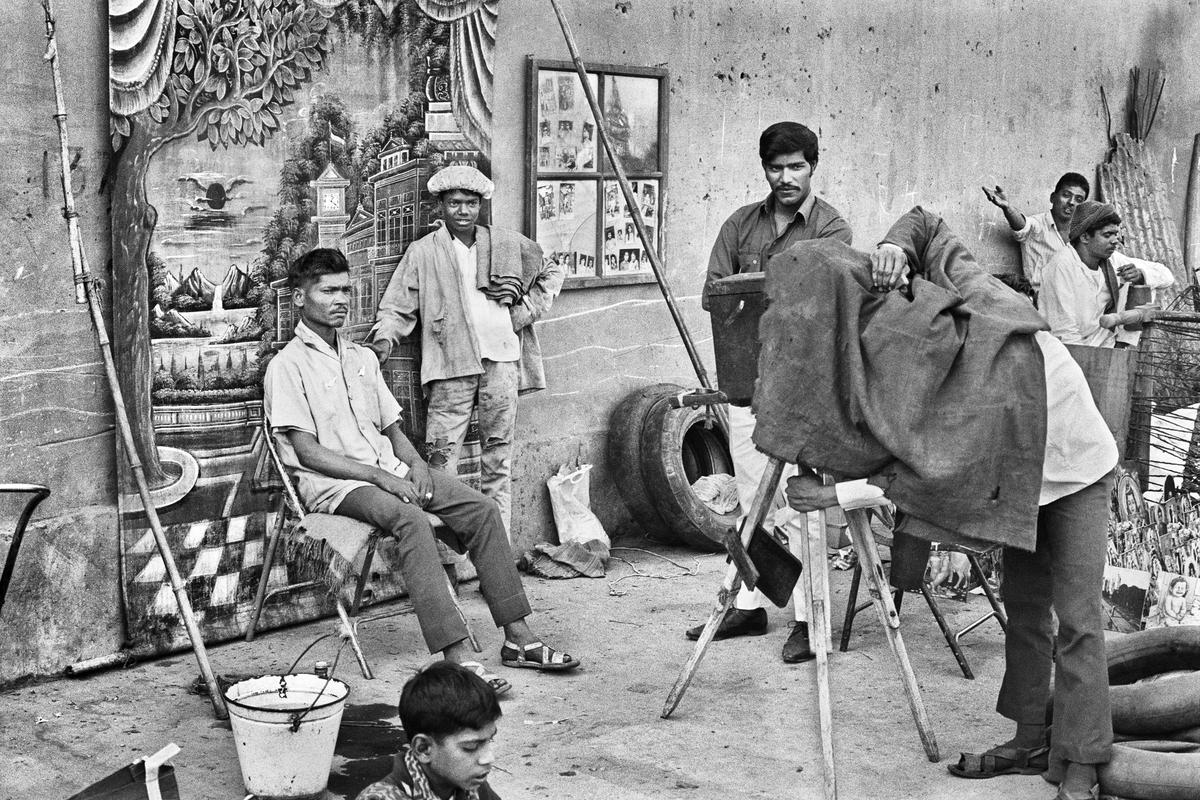
âConfessions of a Wallâ series (1973-1977)
| Photo Credit:
Raghu Rai and PHOTOINK
But that doesnât stop him from photographing. âMy faith lies in the eyes of the people of my country whom I photograph,â says Rai, who recently returned from snapping the Shri Kashi Vishwanath Temple in Varanasi. âLife is ever-changing and challenging, and every time it has new energy to share.â
Black and white gave way to colour photography, analogue to digital, an old India to a new India. And yet, Rai remains humble in his search. âIn Zen Buddhism, there is an old saying about the importance of being here and now. For me, photography is about being here and now. It is about connecting with every inch of space that your eye can see. When you do, you become a part of the whole, and then the whole begins to throb with your heartbeat. Thatâs when the magical moments happen, and you begin to capture them,â he shares, his words as poetic as his images.
A look around the exhibition makes it clear: Rai is present in each of the thousand lives he photographed â himself a crucial part of the whole.
âA Thousand Lives: Photographs from 1965-2005â is on view till April 30 at KNMA.
The culture writer and editor specialises in reporting on art, design and architecture.
Powered by Yes Mom Hosting

